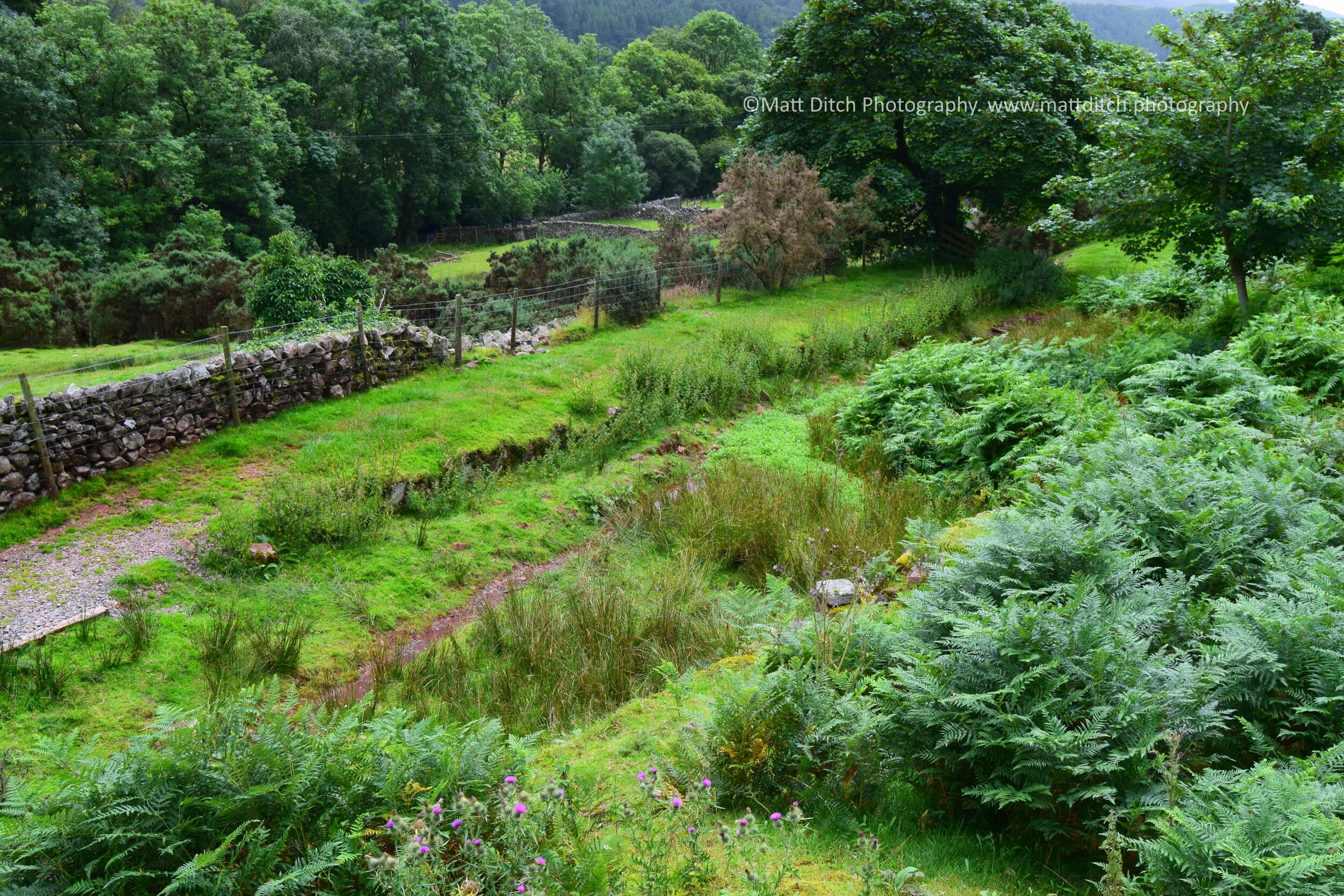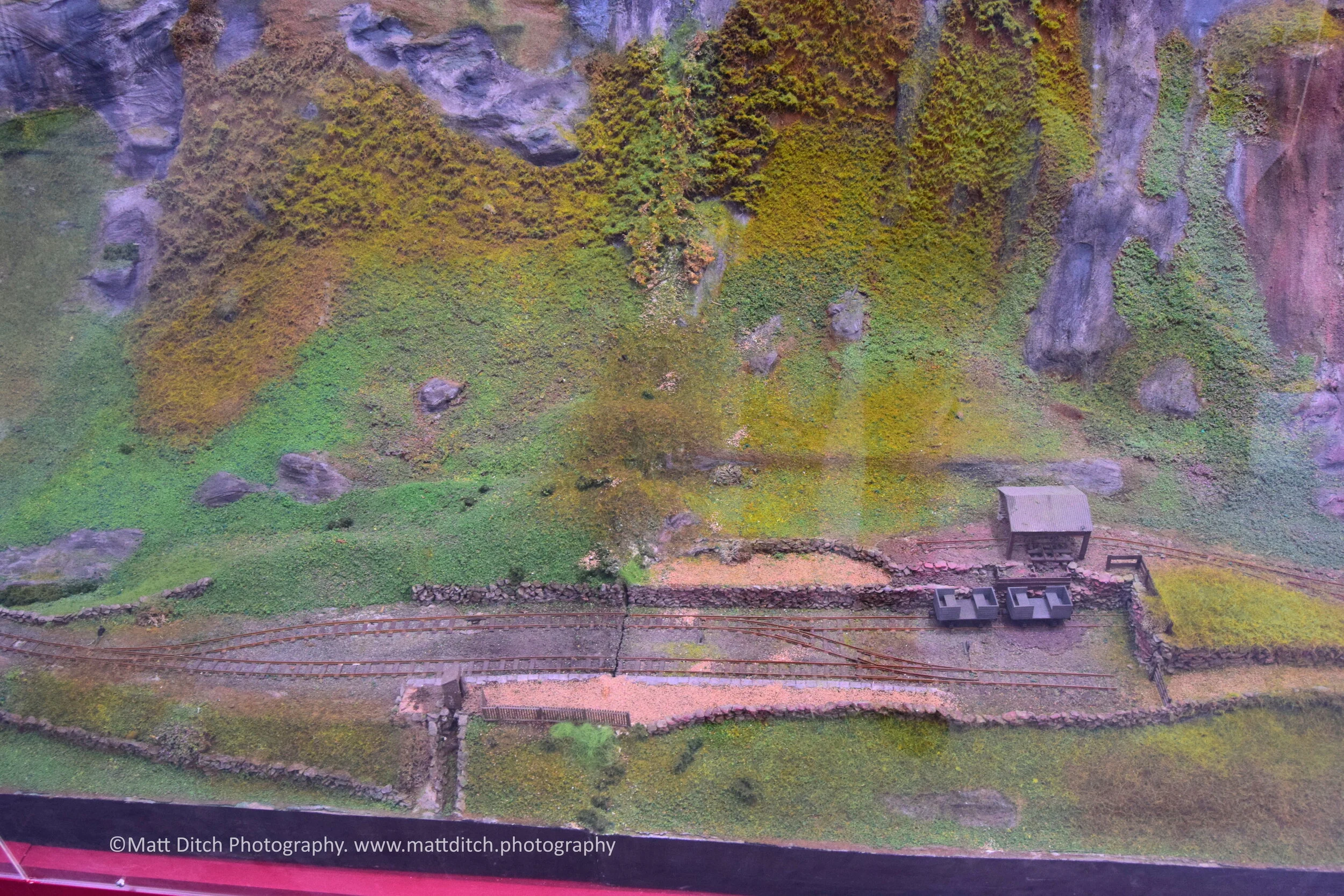Off The Beaten Track: The Owd Ratty - Boot Branch
History of the “Owd Ratty”
I’ve long been fascinated with the history of the orignal Ravenglass & Eskdale railway, or “Owd Ratty” as it is now known. Originally the line was built to 3 foot gauge and opened in May 1875 to transport Iron Ore from mines around Boot to the Furness Railway at Ravenglass, a distance of around 7 miles. During the winter of 1876 a passenger service was added after the locals campaigned for it. This made the railway the first public narrow gauge railway in England. Unfortunately the cost of upgrading the line for passenger use left the railway in serious debt, which resulted the railway declaring itself bankrupt a year later in 1877. This, however wasn’t the end of the “Owd Ratty”. The railway continued on under the control of the the receivers. The railway was dealt another setback when the Iron Ore mines it was built to serve closed. Thankfully local traffic (passengers and local goods) managed to keep the railway going. It was during the brief new lease of life that the railway became popular with tourists. Unfortunately this new source of traffic didn’t make the railway as much revenue as they’d of like and the railway fell into disrepair. in 1905, due to the poorly maintained stock and infrastructure a passenger train derailed near Murthwaite. Passenger trains carried on for a few more years after the accident until conditions worsened to the point where it was no longer deemed safe to run them. However goods trains carried on for several more years before they to were withdrawn in the spring of 1913 and the 3 foot gauge Ratty closed for good.
Manning Wardle 0-6-0T “Nabb Gill” approaches Boot with a train from Ravenglass.
Locomotives
The first locomotive on the line was an 0-6-0 tank engine made by Manning Wardle of Leeds. The engine was named “Devon” and had the works number 545. It was joined a year later by an identical engine named “Nab Gill” (W/N 629). The second engine was ordered for the start of passenger trains. Both engines had heavy repairs at the Lowca engine works near Whiteheaven during the early 1890s. This work saw new smokeboxes fitted with more traditional smokebox doors, replacing the “Fish mouth” style doors that they were built with. The work also included fitting Westinghouse brake equipment. Towards the end of the lines life both engines had apparently been canablised to make one functional steam engine. This was the engine that derailed at Murthwaite and composed of the boiler from Nabb Gill and the tanks from Devon.
A Model of “Devon” in the railways museum at Ravenglass.
These tank engines were known as the “3FT Special” and were also built for railways in Russia and the Island of Malta. Unfortunately neither Nabb Gill or Devon survived into preservation.
“Nabb Gill” on the model of Boot in the railway museum.
Rolling Stock
The Railway had three passenger carriages, all 4 wheel coaches. These were a, 1st class carriage, 2nd class and a 3rd class nicknamed “The Big Saloon”, which sort of resembled a cattle wagon!. The coaches were built by the Bristol wagon company.
The restored/rebuilt “Big Saloon” body in the railway museum at Ravenglass. The darker colored sections are from the orignal body.
When the orignal railway closed the coaches were sold off to local farmers. The only one to survive is the “Big Saloon” . Parts of the orignal coach have been used to build a replica of the body which is now on display in the railway museum at Ravenglass. (Pictured above)
The railway also had a 4 wheel brake van/goods van which had a “bird cage” look out giving the guard a full view of the train. It is believed to have ended its days as a permanent way hut near Murthwaite. The railway also had a number of 4 wheel goods wagons. The remains of a wagon can also be seen in the railway museum. (Pictured above).
Route of the Boot branch.
Shortly after leaving Beckfoot, heading in the direction of Dalegarth the railway came to “Gyhl force junction”. Here the line to Boot diverged from the line to the mines at Gyhl force. Today part of this section is still in use as part of the newer 15inch gauge railway. I’ll cover the Gyhl force branch in more depth in the next post.
The site of the junction today. The line to Boot follows the course of the dirt road. The line to Ghyl force went off to the right.
The course of the line to Boot had a steep climb away from the junction that ran behind the cottages at Dalegarth. For a time the rebuilt 15inch gauge railway ran into the orignal Boot terminus but the steep climbs proved too much for the engines.
The course of the railway behind the cottages at Dalegarth looking towards Boot.
The view of the line curving away from the cottages towards Boot. It is still possible to see the sleeper indents in the grass.
A farm bridge on the line has been rebuilt with a short section of track in it’s deck. This is looking back down the valley in the Ravenglass direction.
Another short section of reinstated track.
The site of Boot station today. The raised overgrown area on the right of the above image is the remains of the Platform. On the left of the image was the loading dock/wharf which is where Iron Ore from the mines would have been loaded onto the trains for shipment to Ravenglass.
Another view of the platform, this time from on top of the loading dock/wharf. The station had a basic wooden shelter and a separate WC. The track layout is believed to have changed a few times. Initially it was two long sidings with a third shorter one in the middle. This was then changed to include a run round loop and siding, this layout can be seen below on the model of Boot station. The track layout changed again after passenger trains ceased with the removal of the run round loop and installation of a revised siding layout.
The Model of Boot at the railway museum, Ravenglass.
The remains of the old Nab Gill mining offices still stand just east of the station site. The incline up to the Nab Gill mines was on the other side of the building. (pictured below)
Looking up the incline to Nab Gill.
In the next post we’ll explore the Gyhl force branch in more depth.
Please consider supporting me on Patreon















